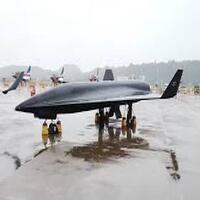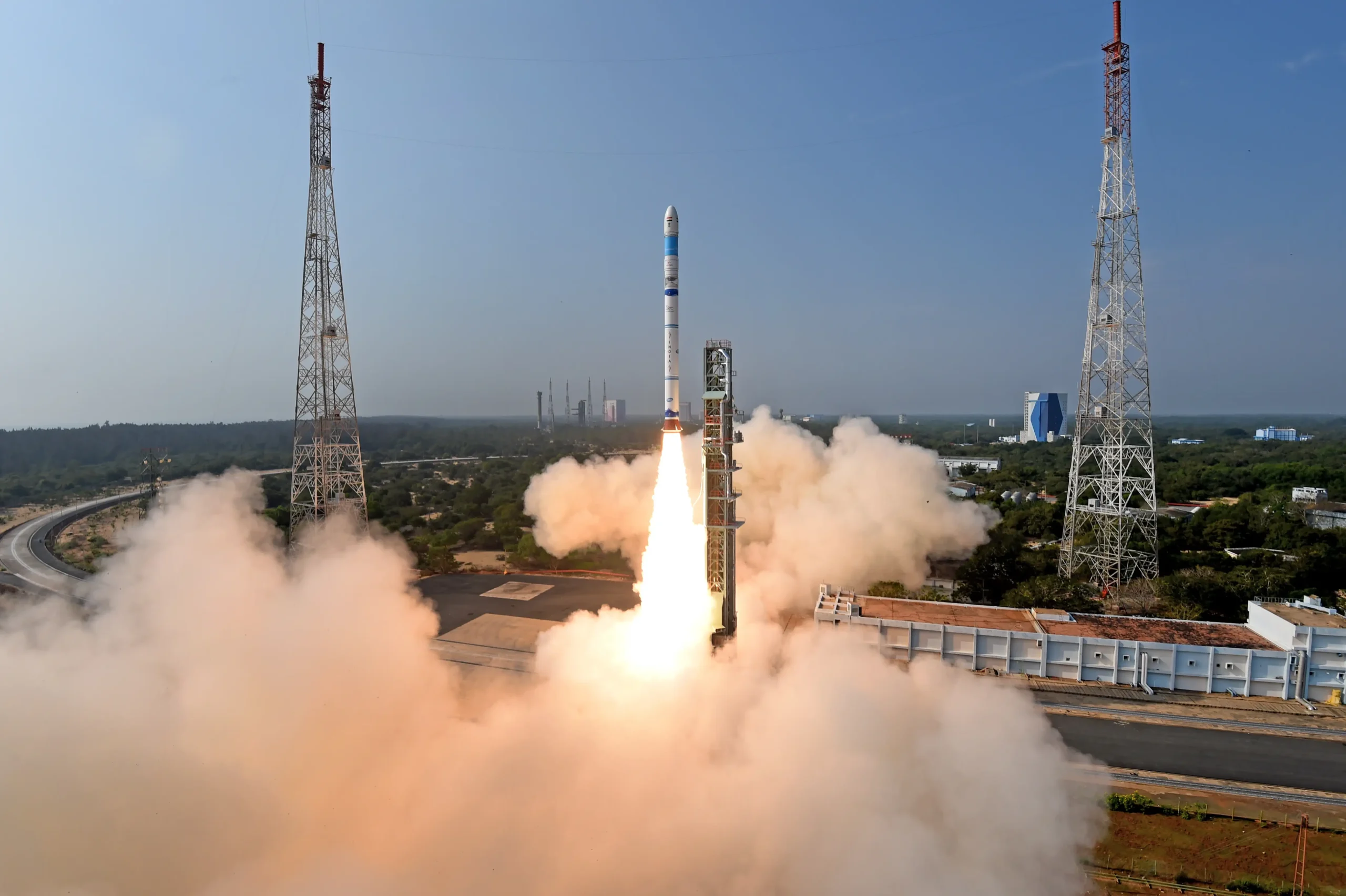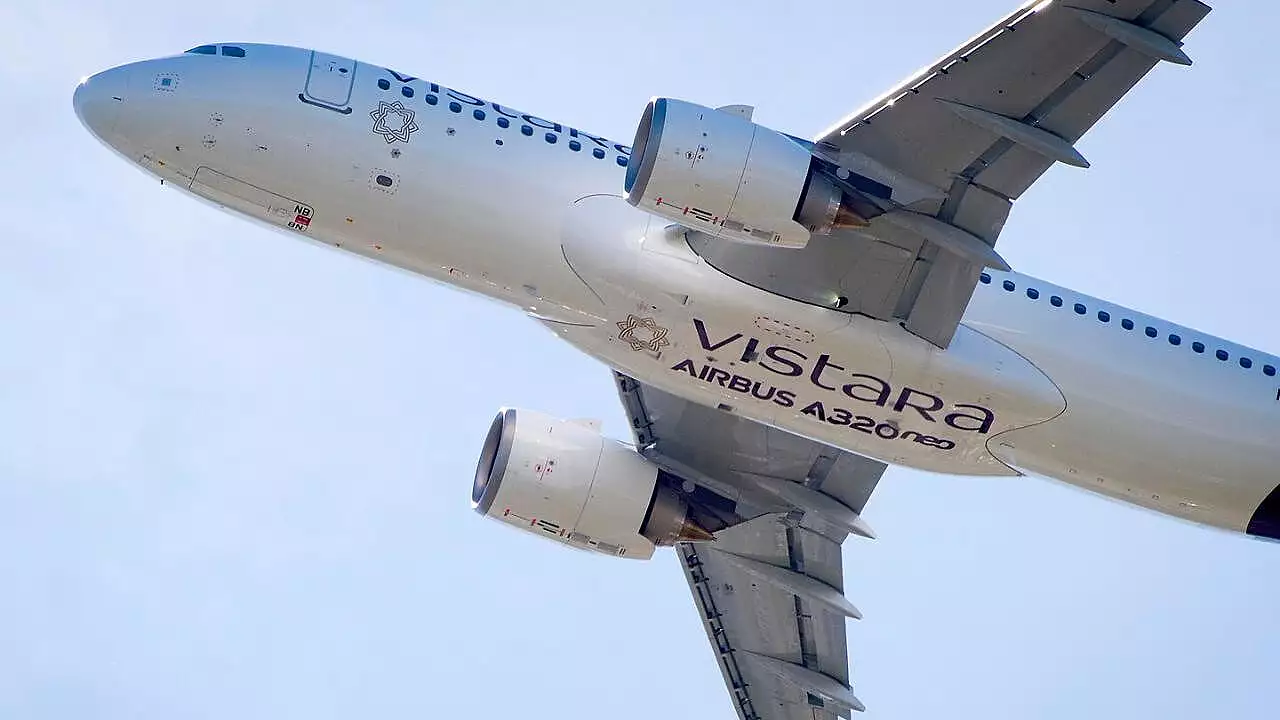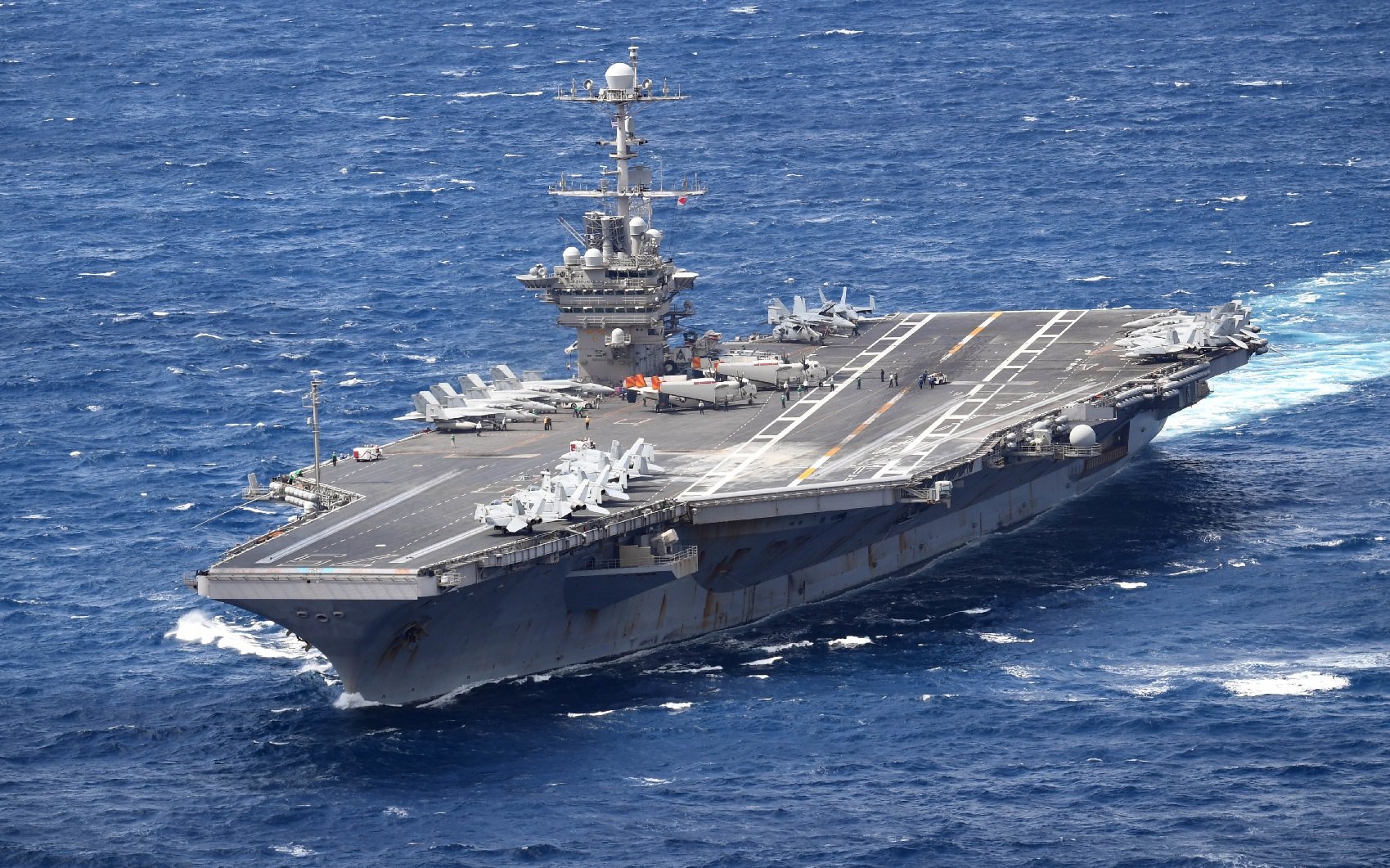
The Ambitious Plan of Russia to Build a 100,000-Ton Super Carrier
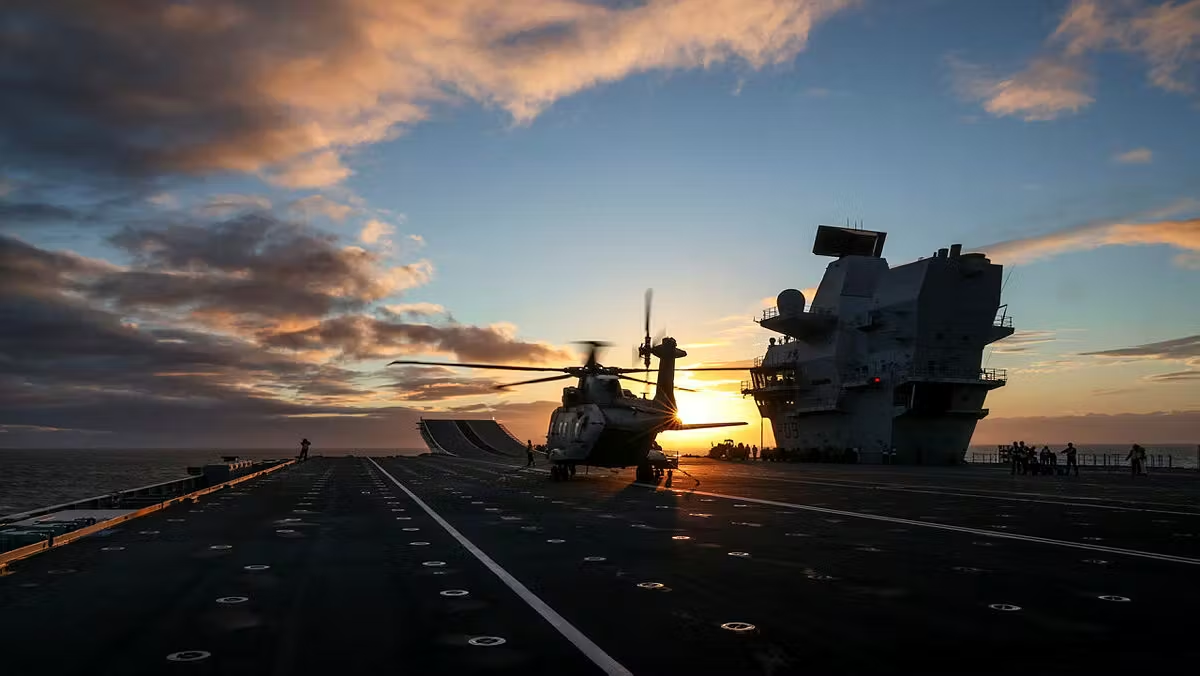
In a time when having a dominant naval force is essential to global military tactics, Russia has unveiled plans to build a super aircraft carrier that can carry 100,000 tons of cargo. The Russian Navy will be better equipped to defend its maritime interests and project force throughout the globe with this fearsome vessel. This article explores Russia’s strategic goals, how this ambitious plan is being carried out, and the enormous potential of this potent new addition to its fleet.
Contextualizing History and Strategic Implications
Aircraft carriers have long considered the main pillar of naval might, giving nations the ability to influence situations far from their borders. With the fleet of supercarriers powered by nuclear energy, the United States always has strong domination in this field. Russia has fallen behind in this field despite having a years of naval history. The most significant attempt by the Soviet Union was the Admiral Kuznetsov, a carrier designed to handle large aircraft but beset with operational difficulties.
China Increases the Fleet of Aircraft Carriers
China is heavily investing in its fleet of aircraft carriers, thereby increasing its naval power. With the launch of China’s first aircraft carrier, the Liaoning in 2012, the People’s Liberation Army Navy (PLAN) has amassed significant carrier operations expertise. Refurbished from the Soviet era, the Liaoning was a vital training platform that helped construct China’s first carrier, the Shandong (CV-17), which went into service in 2019. China’s strategy has changed as a result of this development, which highlights the critical role aircraft carriers play in establishing regional dominance and defending marine interests.
China recently launched its 3 Aircraft Carrier Type 003 (Fujian)
After eight days of rigorous sea testing, Fujian, China’s 3rd aircraft carrier, concluded its maiden test flight. China is the second nation to field a supercarrier equipped with electromagnetic catapults for aircraft launch, following the United States, with the 80,000-ton displacement Fujian, making china a most influential player in naval power.
Type 003 carrier, which is anticipated to have complex catapult launch system that will greatly improve its operational capabilities over the ski-jump launch systems that were installed on previous carriers. China’s intentions to build a blue-water navy with the ability to project influence far away its borders is demonstrated by this latest addition to the fleet. China’s aircraft carrier fleet is being expanded with the intention of not just strengthening maritime security and intimidating adversaries in the region, but also making China a strong naval force on the international stage.
After Commissioning Type 003, Now China have 3 Aircraft Carriers active right and now they are planning to make the 4th Aircraft Carrier for its navy (PLAN) Type 004.
Russia Super Aircraft Carrier’s Vision
Russia intends to increase its naval might and worldwide influence by building a new super aircraft carrier. This proposed carrier is anticipated to compete with the world’s biggest and most sophisticated carriers, such the Gerald R. Ford-class of the U.S. Navy. Two important characteristics are a displacement of between 80,000 and 100,000 tons and a length greater than 300 meters. Modern technology would be installed on the carrier, including as complex radar and communication systems, electromagnetic catapults for aircraft launch, and a varied air wing with a range of aircraft models. Russia’s intention to update its naval fleet and regain its dominance on the high seas is demonstrated by this project..
Innovations in Technology and Design
Hull as well as Structure
Modern materials and cutting-edge technologies are used in the supercarrier’s design to provide strength and stealth. Its resistance to damage will also be improved by the use of high-strength steel and sophisticated composites.
Systems of Propulsion and Power
The nuclear propulsion system of the supercarrier will be a crucial component. This will provide the ship an almost limitless potential and range, which is essential for long-term operations in far-off theaters. With its strong energy generation capabilities, the carrier will be equipped with cutting-edge technology like electromagnetic aircraft launch systems (EMALS) and directed energy weapons.
Armaments and Aircraft
Multirole fighter planes, early warning aircraft, anti-submarine warfare helicopters, and unmanned aerial vehicles (UAVs) will all be housed under the supercarrier’s diversified air wing. It is quite possible that the main combat fighter jet will be a naval version of the fifth-generation stealth fighter, the Sukhoi Su-57. Additionally, this super carrier will be outfitted with a wide range of defensice and offensive weaponry, including surface-to-air missiles, close-in weapon system (CIWS), and anti-ship missiles.
Strategy of Execution
A Phased Development Strategy
Russia intends to employ a staged development strategy in order to handle the project’s complexity and scale. To provide a strong foundation, the first step will entail comprehensive design and feasibility investigations. Key modules will then be built after this. The integration of these elements and thorough testing to guarantee smooth functioning will be the main goals of the ensuing phases.
Cooperation and Proficiency
Russia plans to collaborate with international partners to overcome technological challenges and leverage global expertise. This strategy will facilitate the transfer of crucial technologies and best practices, ensuring the project’s successful completion. By engaging with foreign players, Russia aims to incorporate cutting-edge innovations and achieve superior performance and operational efficiency for its new super aircraft carrier.
Finance and Financial Factors
The construction of a supercarrier is an expensive project, and Russia intends to devote a considerable chunk of its defense budget to this project. Potential export earnings and strategic partnerships will add to this funding. The project is anticipated to produce significant economic advantages, including the creation of jobs and technological improvements, despite its high price. Russia is committed to improving its naval capabilities and securing long-term strategic and economic dividends, as seen by its involvement in this major project.
Read More: Sanctions hit Russia offers Floating Nuclear Power Plant (FNPP) to India
Read More: Aerospace startup Agnikul Cosmos eventually ready to launch its maiden satellite, Previous attempts were failed due to technical glitches
The Strategic Impact and Operational Capabilities
Worldwide Perception and Strength Projected
The supercarrier will greatly improve Russia’s capacity to exert influence around the world. It will give air operations a mobile platform, facilitating the quick deployment of air forces to areas of war. Protecting Russia’s interests in the Arctic region, the Mediterranean, and other vital areas will require this capability.
Strengthened Seafaring Safety
The supercarrier will strengthen the Russian Navy’s ability to defend its maritime interests. The ship’s cutting-edge weaponry and sensors will improve situational awareness and offer strong protection against a range of threats, including as aircraft, surface ships, and submarines.
Power Multiplier
For the Russian Navy, the mighty carrier will serve as a force booster. Because of its presence, coordinated operations with other naval assets—such as destroyers, frigates, and submarines—will be made possible, resulting in the formation of a strong task force that can counter a variety of threats.
Obstacles and Strategies for Mitigation
Technological Obstacles
There are many obstacles in the way of creating and incorporating best technologies into the supercarrier. Russia intends to reduce these dangers by thoroughly testing and approving crucial systems. Working with foreign partners will also give you access to tried-and-true knowledge and technology.
Financial Restraints
To build a supercarrier like this requires a lot of funding, which is a quite difficult task. To deal with financial limitations, Russia wants to set expenditure priorities, expedite the procurement process, and look for cost-sharing agreements with partners and allies.
Geopolitical Aspects
Geopolitical tensions could rise with the building and use of a supercarrier, especially with NATO and other regional nations. In order to address these issues and uphold its commitment to strengthening national security, Russia plans to engage diplomatically.
Upcoming prospects
Technological Progress
The supercarrier project is expected to bring about major technological advances for Russia’s defense industry. It is anticipated that innovations created for the carrier will have broad effects, helping not only military applications but also the aerospace and commercial maritime industries. The project will accelerate advancements in fields including materials science, radar technology, and sophisticated propulsion systems, which could result in discoveries that benefit more industries than just defense.
Modernization of the Navy
The development of Russia’s supercarrier is a key component of their entire naval modernization agenda. In addition to other noteworthy developments like the building of cutting-edge surface ships and submarines, this carrier will be essential in boosting and growing the Russian Navy’s capabilities. Russia hopes to strengthen its standing on the international scene by adding this cutting-edge carrier to its fleet and significantly increasing its naval might and operational range.
Russia’s plans to construct a 100,000-ton super aircraft carrier is bold and ambitious endeavor, reflecting the country’s desire for increased naval might and international clout. The project’s successful completion will depend on overcoming major financial, technological, and geopolitical obstacles. Should the supercarrier become a reality, it would not only augment Russia’s military prowess but also stimulate scientific advancement and economic expansion. The conclusion of this huge project will have significant effects on the balance of naval power while the entire world watches.
